How to garden in a rental property – top tips for renter-gardeners
Renters can grow a vibrant and verdant plot by maximizing container and vertical displays

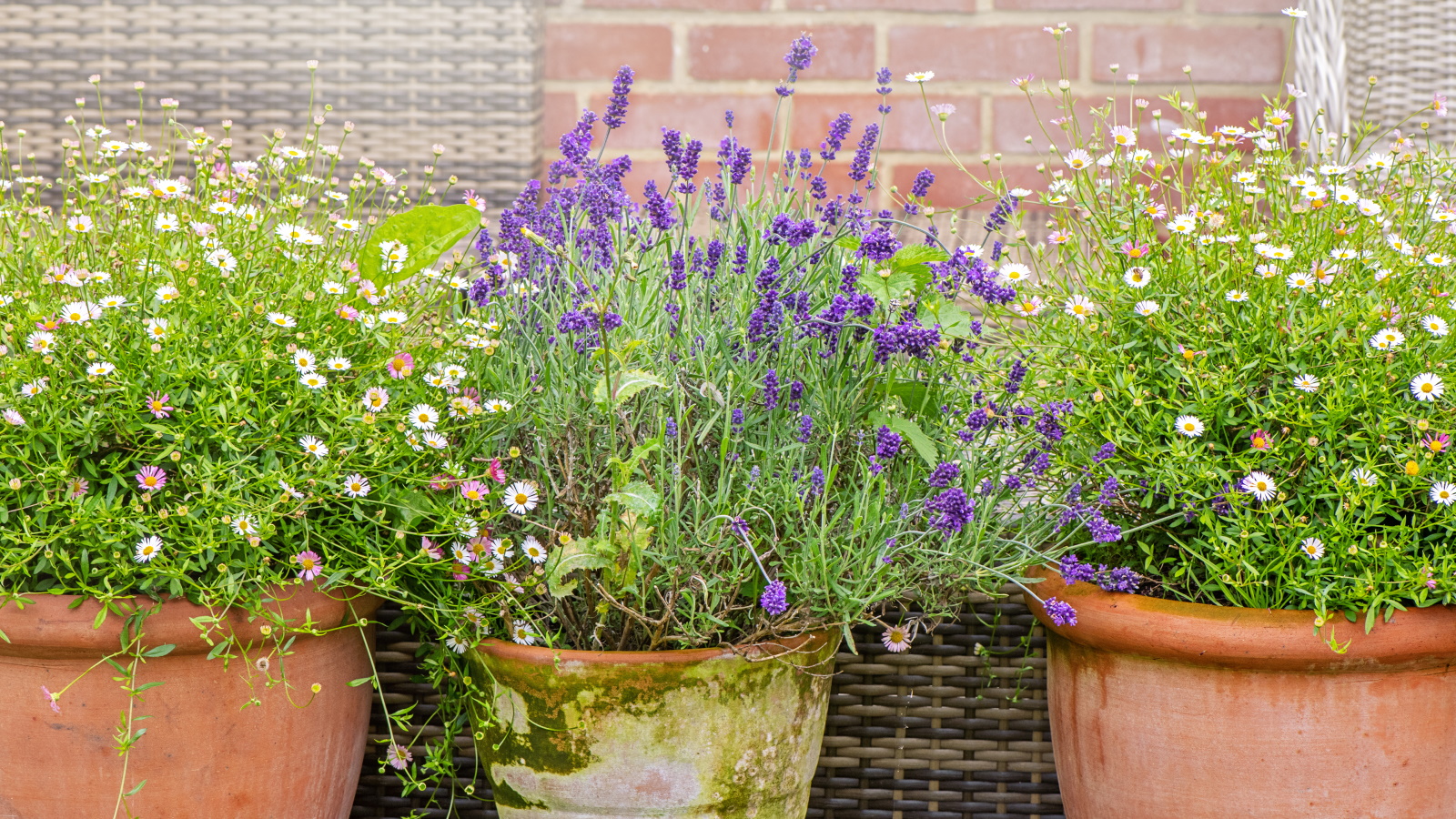
Gardening in a rental unit has a unique set of opportunities and challenges. Renting your home does not mean that gardening is off-limits, and there are several ways that renters can nurture a temporary garden even in a small space.
With the right backyard ideas, renters can transform balconies, patio areas and terraces, cultivating calming and tranquil green spaces. I gardened on a small balcony in London for several years and cherished my little green oasis. Making the most of the small spaces that we have can make all the difference in your everyday life.
Renting your home means that you have to be creative and thoughtful, gardening in a way that will not upset your landlord or neighbors, or impact the permanent design or structure of the yard. Here, I share some of my experiences and ideas on how to garden in a rental property.
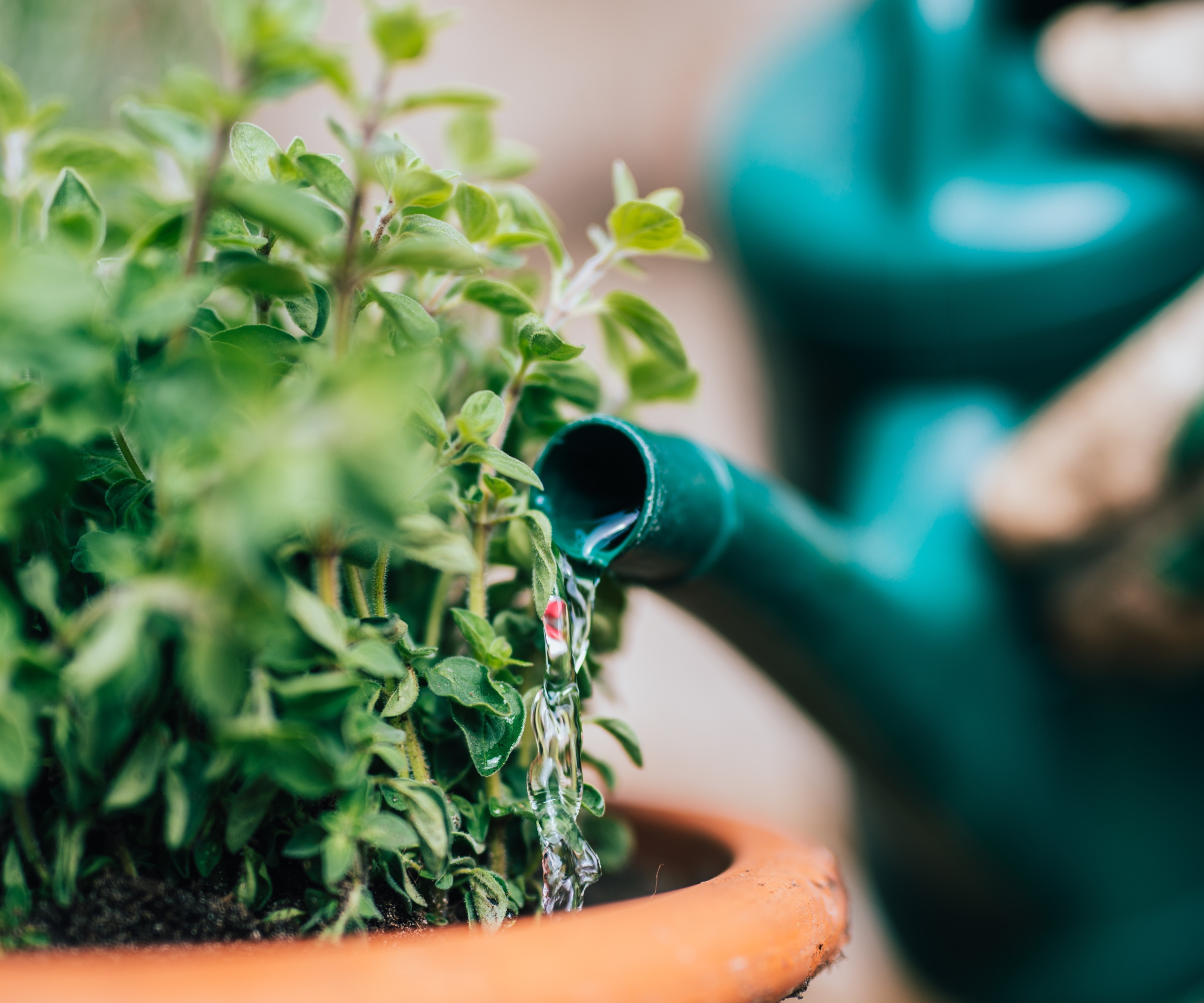
How to garden in a rental property
Renting your home does not mean that you cannot create a beautiful outside space. There are many clever ways that renters can nurture a temporary green haven even in a rented space, from making the most of container displays to planting quick-to-flower annuals.
Container gardening for renters
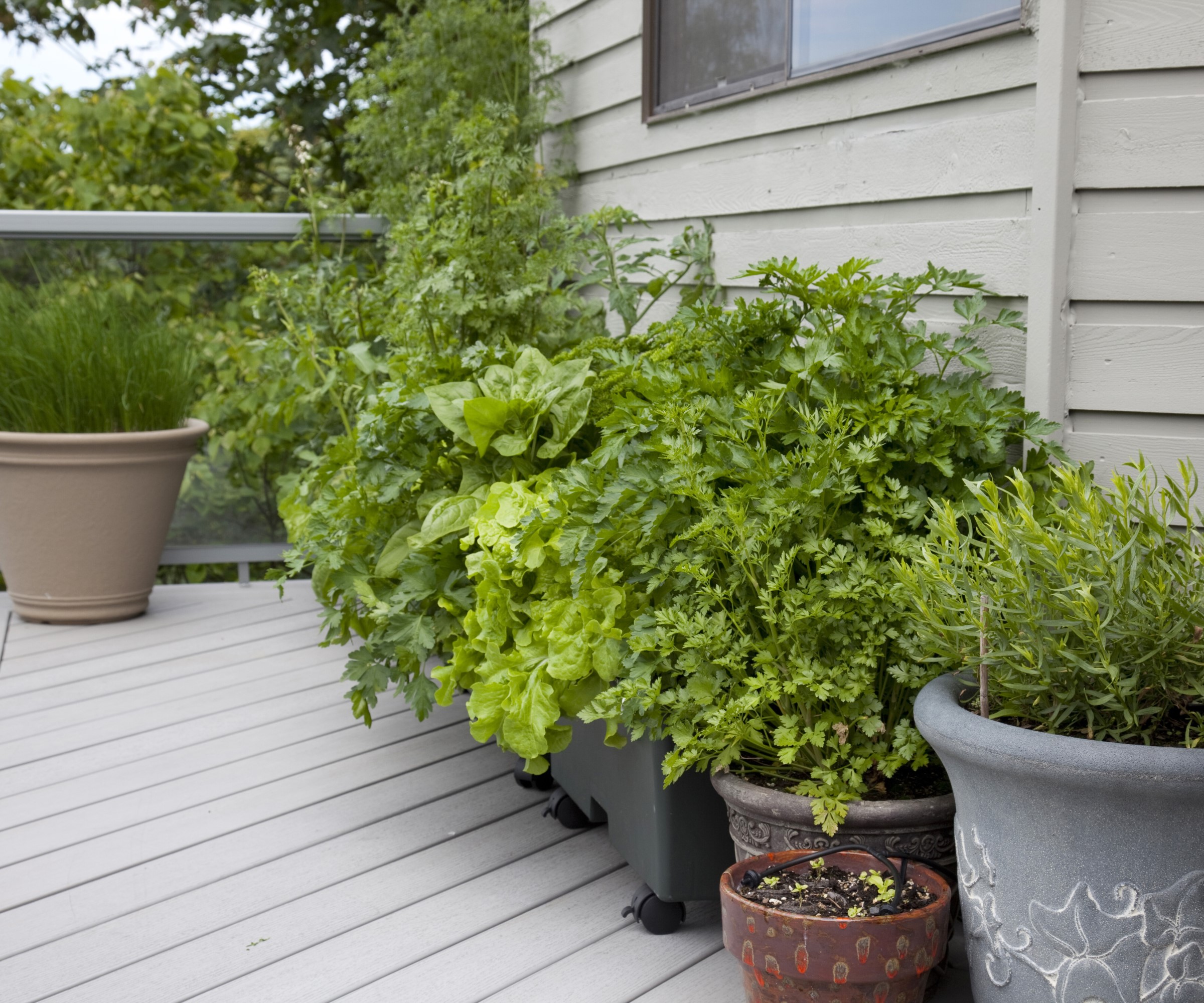
In my experience, making the most of container displays is crucial when renting. Adding a range of pots to your balcony or patio is quick and easy to do, and can be a cost-effective way to transform your space.
When renting, it is advisable to select lightweight containers that are easy to move, which is particularly important when gardening on a balcony. Often, lightweight, plastic containers, available from Walmart, will not damage or mark paving slabs or patio surfaces, which is another consideration for renters who are worried about upsetting their landlord.
It is a good idea to source a range of pots in different shapes and sizes. For example, I grew a mixture of small evergreen shrubs and trees on my balcony, grown in larger pots, that provided year-round interest. These were supported by lots of small and medium-sized pots full of flowering annuals and fragrant herbs. Gardening in this way, using different heights, shapes and textures will help to transform your outside space.
Design expertise in your inbox – from inspiring decorating ideas and beautiful celebrity homes to practical gardening advice and shopping round-ups.
Finally, gardening in containers and pots allows you to remove some or all of your plants when you vacate the property, filling the removal van with your precious plants and adding them to future gardens.
Vertical gardening for renters
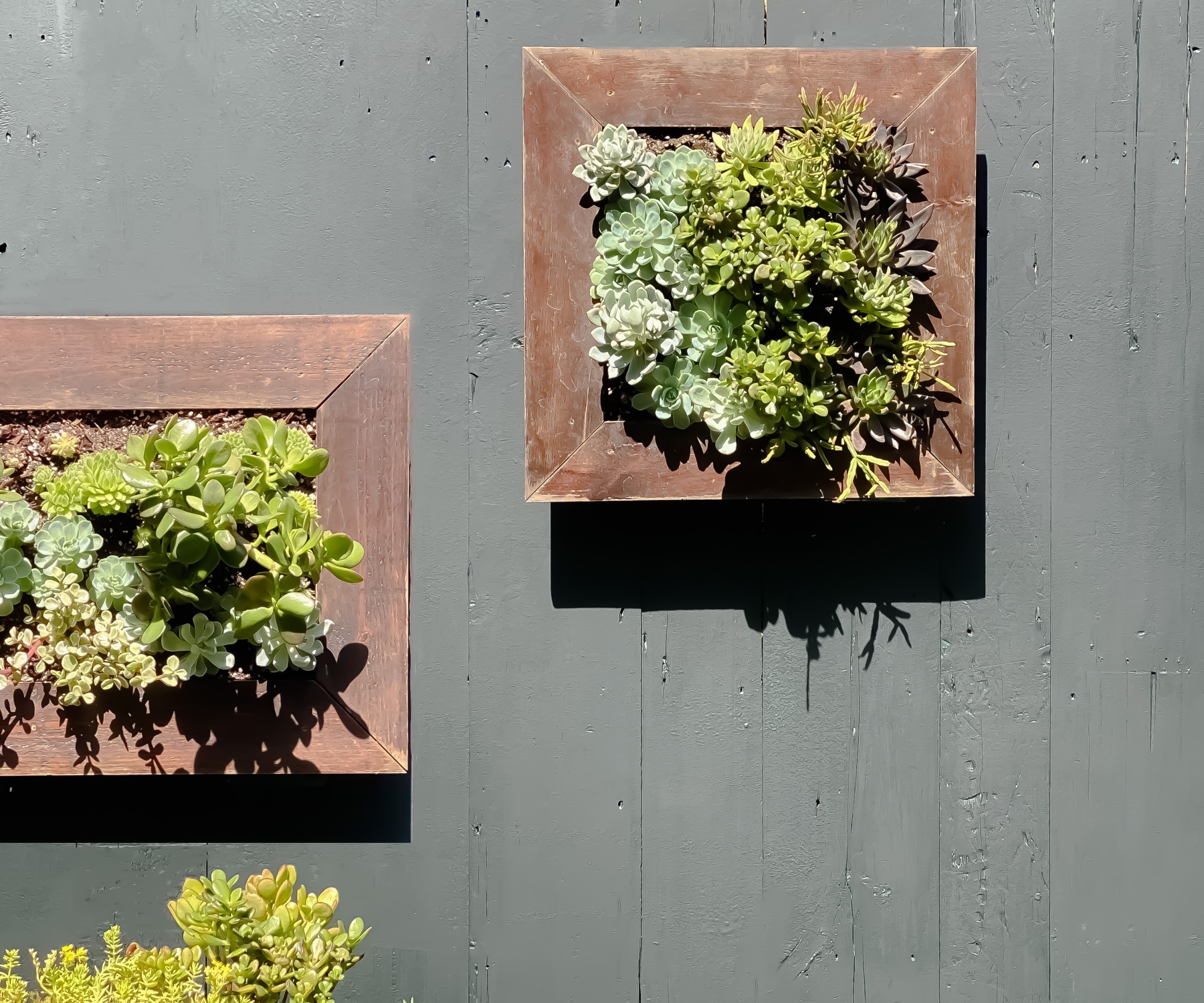
In smaller backyards and gardens, maximize planting space by growing upwards. When thinking about how to create a vertical garden, consider using window boxes, hanging baskets, temporary trellises or frames, and hanging planters, such as these succulent frames seen in the image above.
'Vertical garden ideas are recommended for renters as they can be both temporary and transformational, adding interest to any outside space,' says Rachel Bull, head of gardens at Homes & Gardens.
'Maximizing vertical growing space needn't be complex for renters,' Rachel adds. 'Simply growing flowering climbers in pots, such as clematis or jasmine, and training them to vine over temporary structures will add vertical interest to any backyard, even on small balconies.'
You can find planting structures and supports available at Walmart.

Rachel is a gardening editor, flower grower and floral designer. Her journalism career began on Country Living magazine, sparking a love of container gardening and wild planting. After more than a decade writing for and editing a range of consumer, business and special interest titles, Rachel became editor of floral art magazine The Flower Arranger. She then trained and worked as a floral designer and stylist in London for six years, before joining the Homes & Gardens team.
Plant a mixture of evergreens and annuals that will reward you quickly
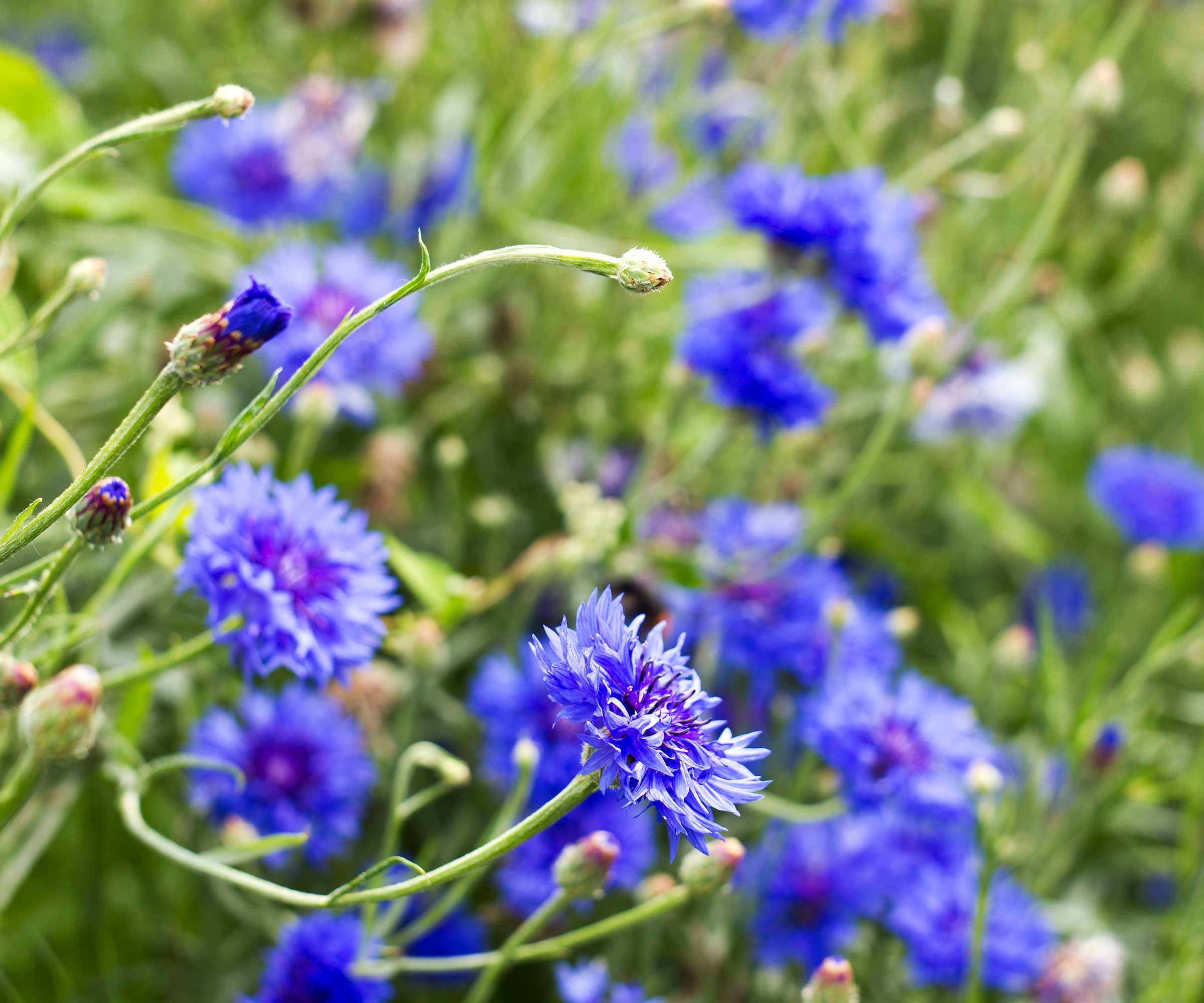
When growing in containers, in small or large spaces, it is always best to grow a mixture of shrubs, flowers and herbs. I find that growing evergreen shrubs, such as Japanese holly or English yew, can help to add a green backdrop and year-round interest to container display. These plants are also useful for screening balconies or terraces, which can be helpful if you are looking to create a private space.
Below larger, evergreen specimens, you can combine perennials, herbs and some of the best annual flowers. While it is important to grow only what is suited to your US hardiness zone, growing annual flowers is fun and less risky, as you know that these plants will only last the growing season until the first frost. Discover the best flowers to plant if you rent.
Many flowers can be sown directly in spring, flowering quickly and filling your outside space with color. For example, nasturtiums, cornflowers and forget-me-nots grow happily in pots and are popular plants for pollinators. Nasturtium seeds are available to buy from Burpee.
Get involved with your local community gardening groups
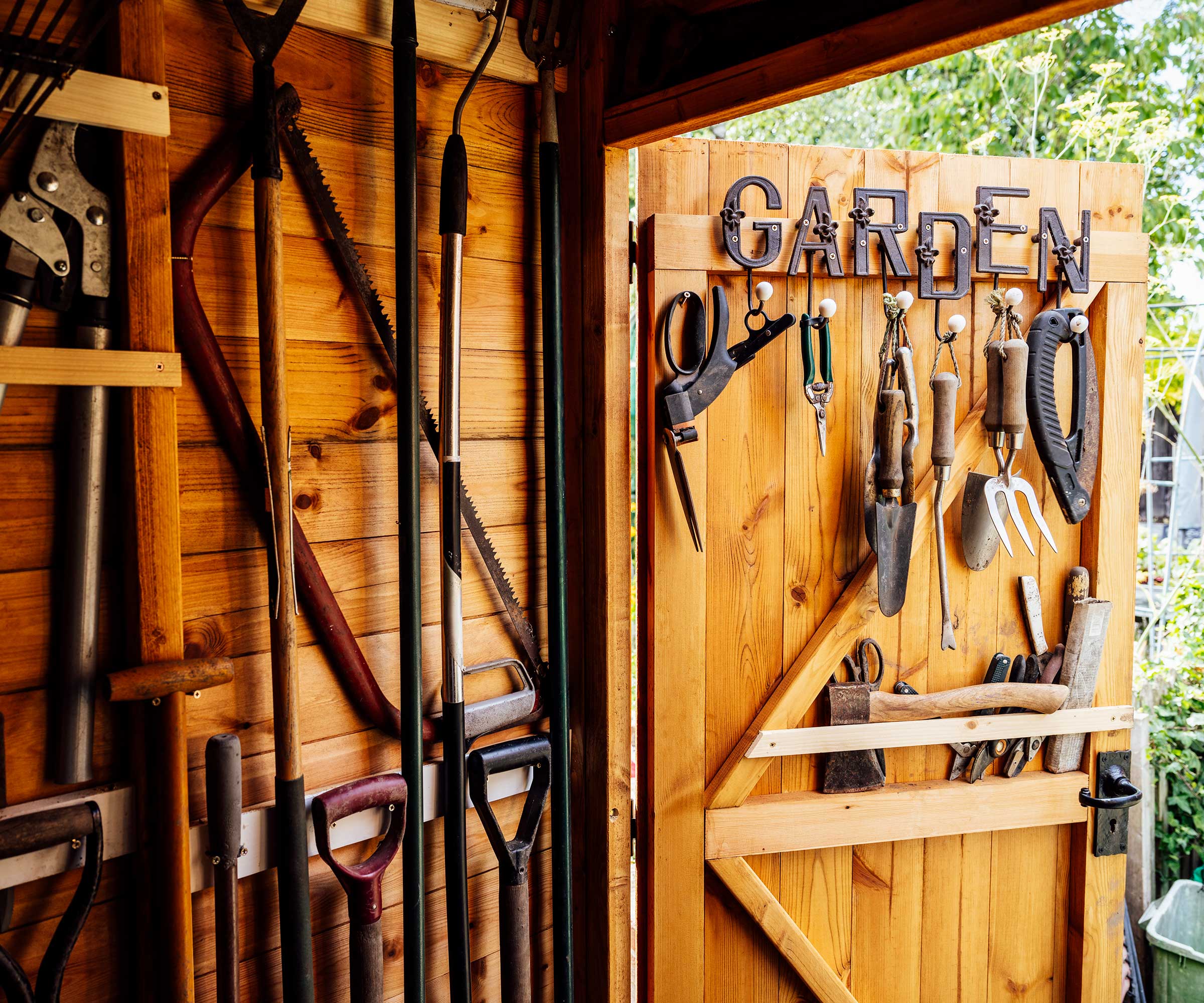
If you have no outside space or you are unable to garden at home, why not search to find a community gardening group that is in your local area?
I previously led a community gardening club at the Garden Museum, London, where members of the public who lived nearby could spend some time outdoors in the garden. This was a rewarding experience, and it is always surprising to see how many neighbors are keen to learn about gardening.
By doing a quick online search, seek out local community gardens that are sure to welcome new and keen garden volunteers. Plus, it is a great way to meet new friends.
FAQs
Can I build any garden structures in a rental property?
It is always best to speak openly and frankly to your landlord or building manager before embarking on any larger gardening projects. In general, no permanent changes can be made, but even for temporary structures or buildings, such as garden sheds, it is advisable to seek permission.
Growing in pots and growing vertically are ideal solutions that can help you maximize your backyard, even in a rental unit. Why not also consider adding accessories or some of the best outdoor furniture this year, which can help you make the most of your backyard during the warm summer months?
If you're a landlord, you'll want to know the renter complaints to never delay dealing with.

Thomas is a Content Editor within the Gardens Team at Homes and Gardens. He has worked as a professional gardener for both public spaces and private estates, specializing in productive gardening, growing food and flowers. Trained in Horticulture at the Garden Museum, he has written on gardening and garden history for various publications, including The English Garden, Gardens Illustrated, Hortus, The London Gardener and Bloom. He has co-authored a Lonely Planet travel book, The Tree Atlas, due out in 2024.
